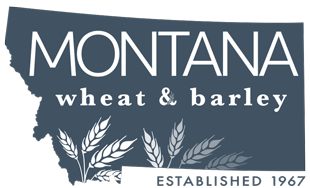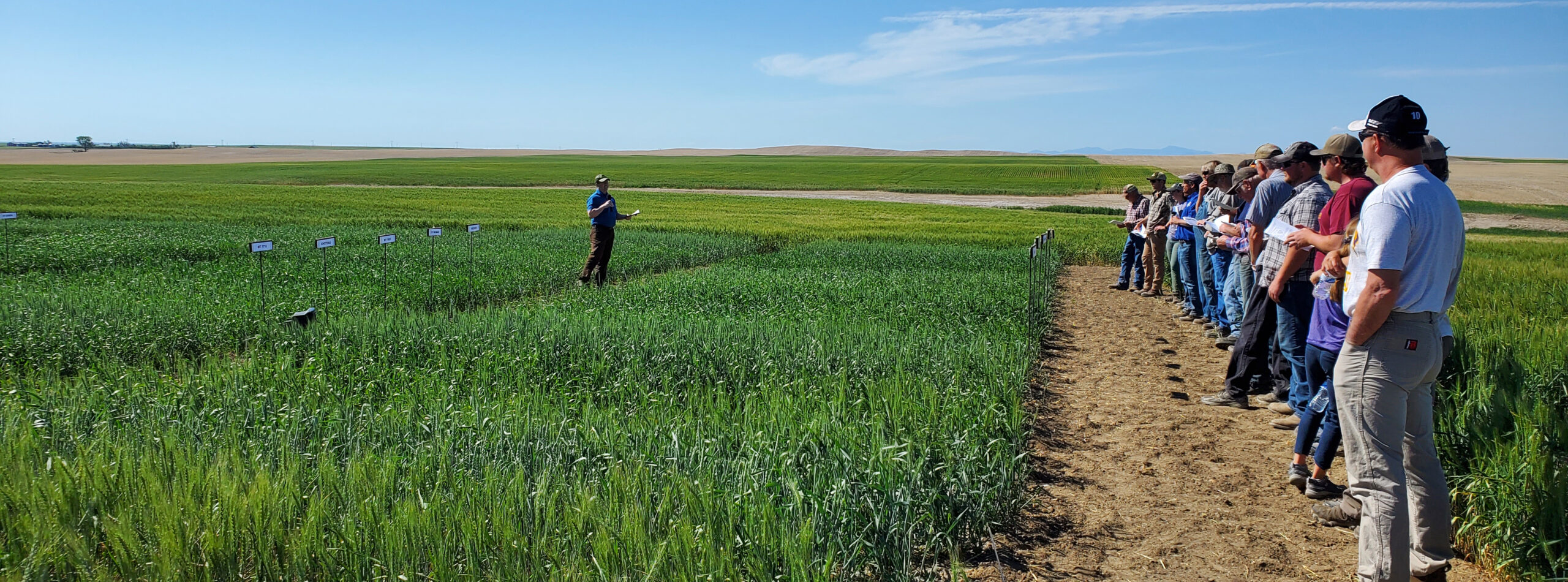
Research
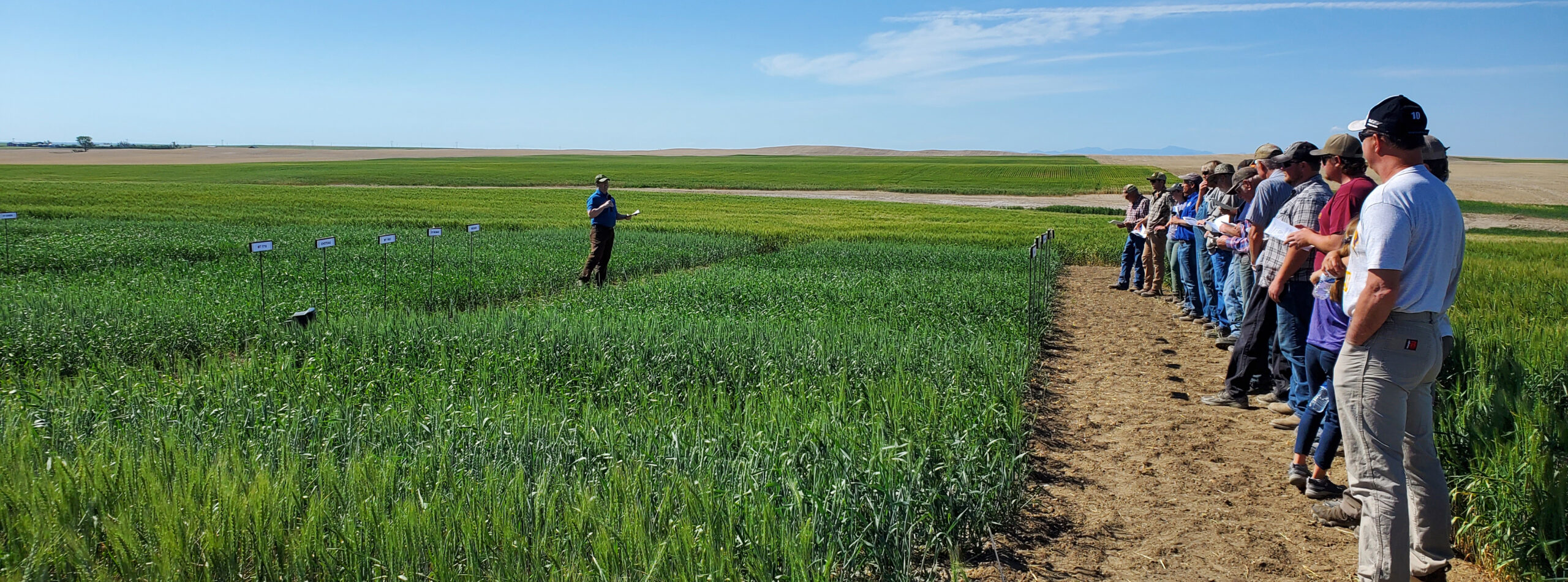
Research
research investment statement
We directly fund scientific research that improves quality, production, and best farm practices.
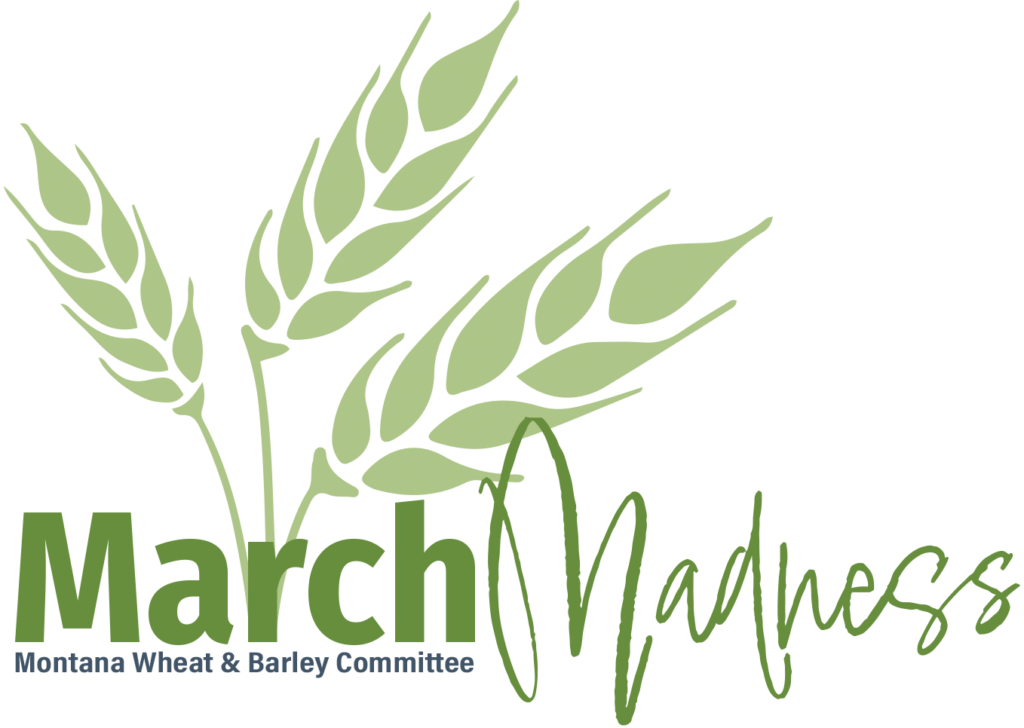
Winners Announced!
March 18 @MSU
Held in Bozeman, the first annual competition between MSU plant sciences students featured 19 competitors (including one undergrad), vying for $3900 in scholarships. MWBC hosted this event with board members (Terry Angvick, Charlie Bumgarner, Lee Dahlman, Brett Dailey, Keven Bradley, Max Cederberg) serving on the judging panel as well as Boyd Heilig, president of the Montana Grain Growers Association.
Photos of all competitors are below along with their project descriptions.
Thanks to Montana Grain Growers Association and Montana Grains Foundation for sponsoring scholarships!
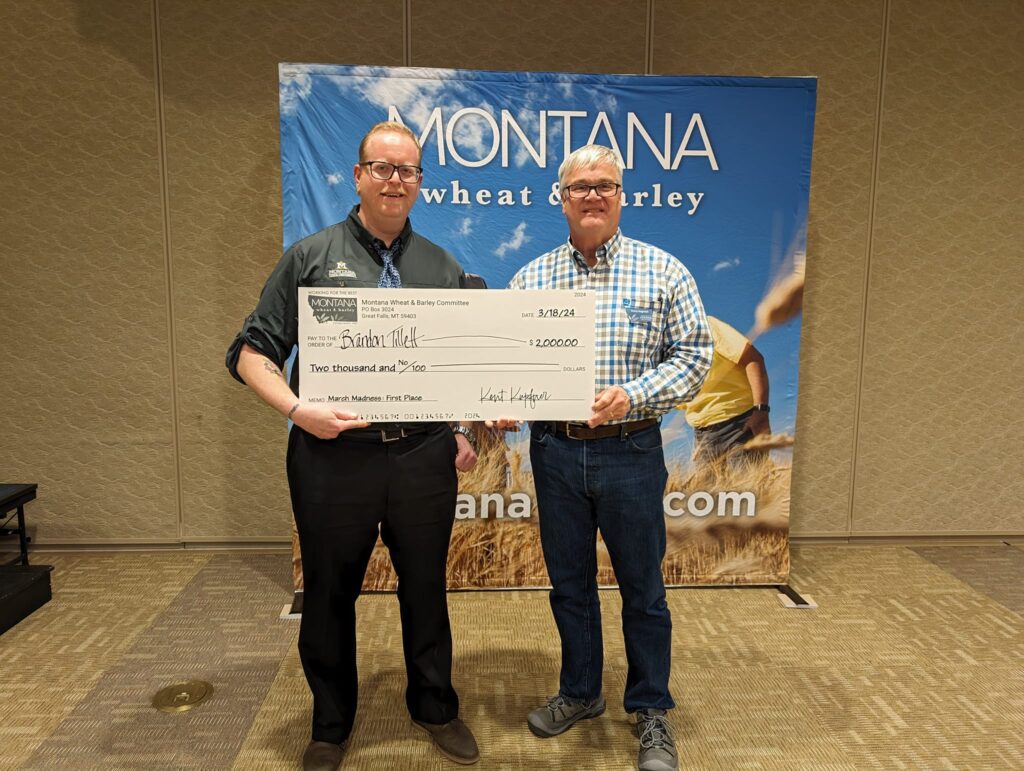
First Place
Brandon Tillett won the champion prize, earning $2000 from MWBC Chairman Terry Angvick. Project Description:
Climate change has extended the growing season in Montana by 12 days since 1950. Additionally, early July, the time of pollination for spring wheat, has been getting hotter, creating challenges for pollen integrity and yield stability. This study is focused on three different genes in spring wheat that impact the timing of floral development and pollination. There are three copies of each gene in spring wheat, creating nine opportunities to alter flowering time by a day or so. Lines are under development that vary for all nine of these genes in spring wheat, which will result in a large window of different flowering times. These lines will be tested around the state at the various experimental stations to determine the best timing of wheat floral development to maintain yields across the different regions of Montana.
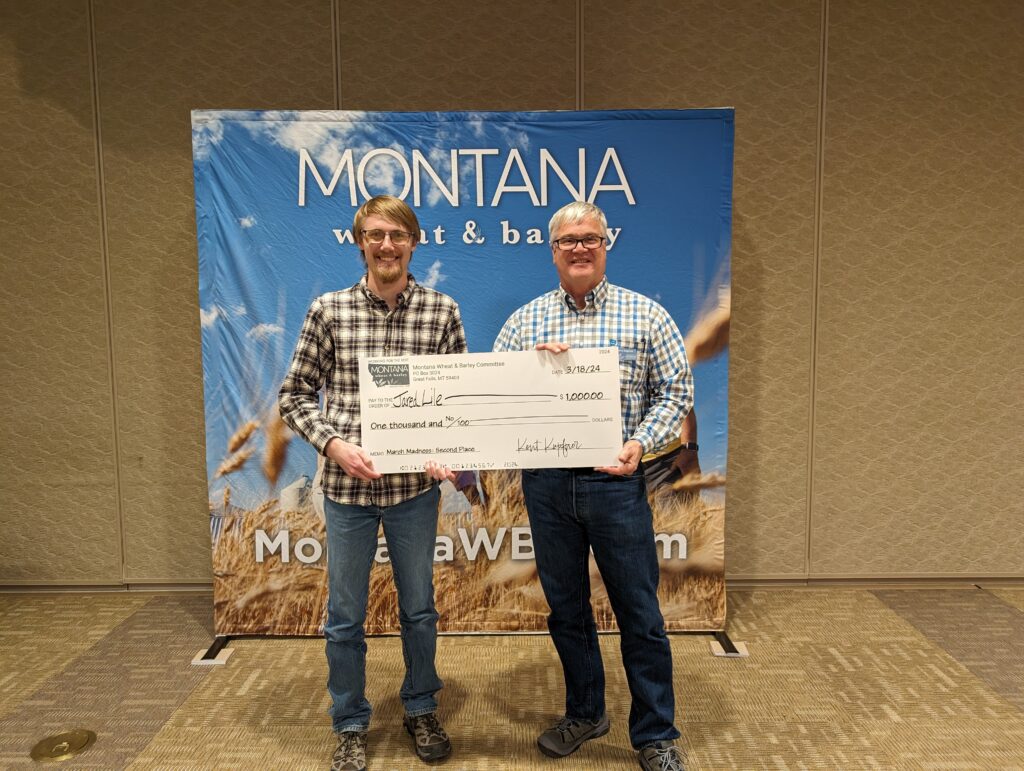
Second Place
Jared Lile received second place honors and a $1000 check. Project Description:
I am using genomic selection models to predict end use quality traits in the MSU Spring Wheat Breeding Program. I have compared several modeling approaches and identified a model that is able to predict quality in early generation breeding lines with notable accuracy. Utilizing this model allows for early generation selection for important end use quality traits; improving the overall efficiency of the breeding program and helping to ensure that new MSU varieties produce high quality grain for consumers.
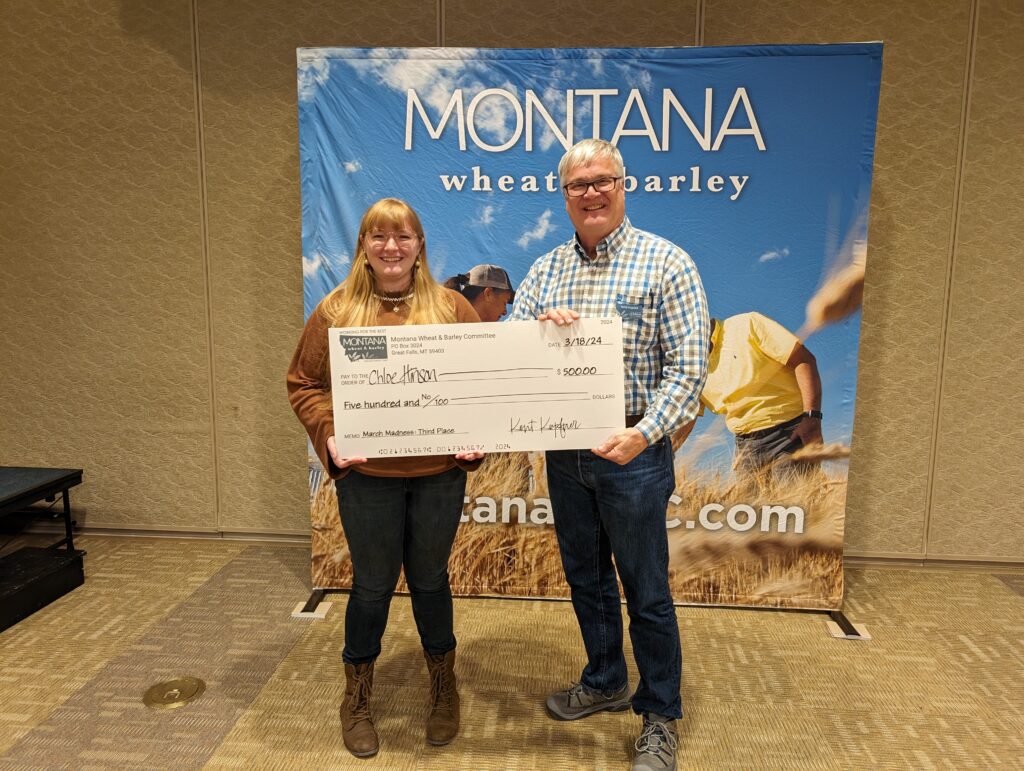
Third Place
In third place for $500 was Chloe Hinson. Project Description:
I am investigating the mechanisms of heat tolerance induced by brassinosteroid (BR) applications in spring wheat. Soaking Vida wheat seeds in BR has been shown to improve yield characteristics when plants undergo heat stress during the booting phase. I have performed gene expression analysis on wheat spikes during this heat stress to compare control and BR-treated plants. I am looking to identify key genes involved in this BR-induced heat stress protection as well as how BR continues to have an effect from germination until booting.
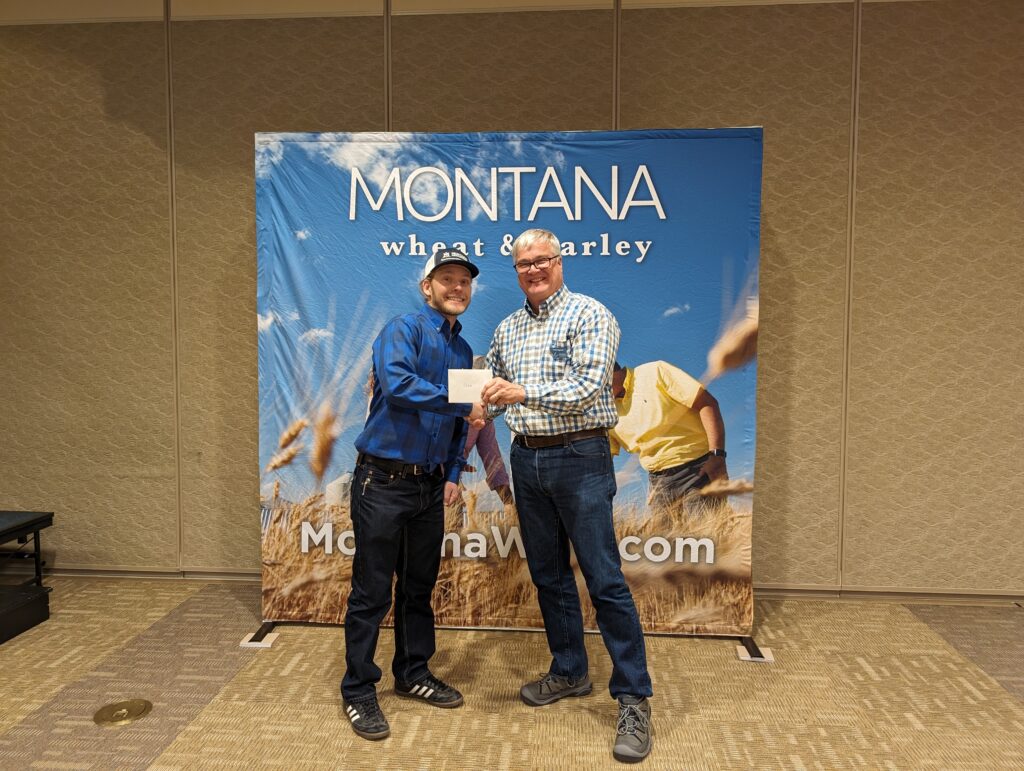
Honorable Mention
Caleb Hale, $100. Project Description: Identifying versions of single genes that breeders can select for to increase crop yields is an important part of plant breeding. Wheat yield is impacted by many traits including tiller number, seed size, and seed number. Tiller number directly affects grain yield as well as total plant
biomass. Teosinte Branched 1 (TB1) is a transcription factor gene that regulates auxiliary meristem outgrowth and is involved in the shade response pathway. This study examines the effects of TB1 on tillering and inflorescence morphology in wheat, along with how these traits affect grain yield and biomass. Comparisons of TB1 variants are being made through the development and analysis of near-isogenic lines (NILs) that vary in TB1 function. NILs have been developed in durum, spring wheat, and winter wheat and are being developed in triticale. Durum NILs were first tested in the summer 2022, and results indicate that reducing TB1 function significantly increases productive tiller number, biomass, and grain yield. Lines with one TB1 mutation experienced a 16% increase in biomass and grain yield, while lines with two TB1 mutations had a 19% increase in tiller number, but not higher biomass or grain yield. Spring and winter wheat NILs will be tested beginning in summer 2023. In agronomic plants where tiller number is a primary yield component, reducing TB1 function is a promising approach to increasing crop yields.
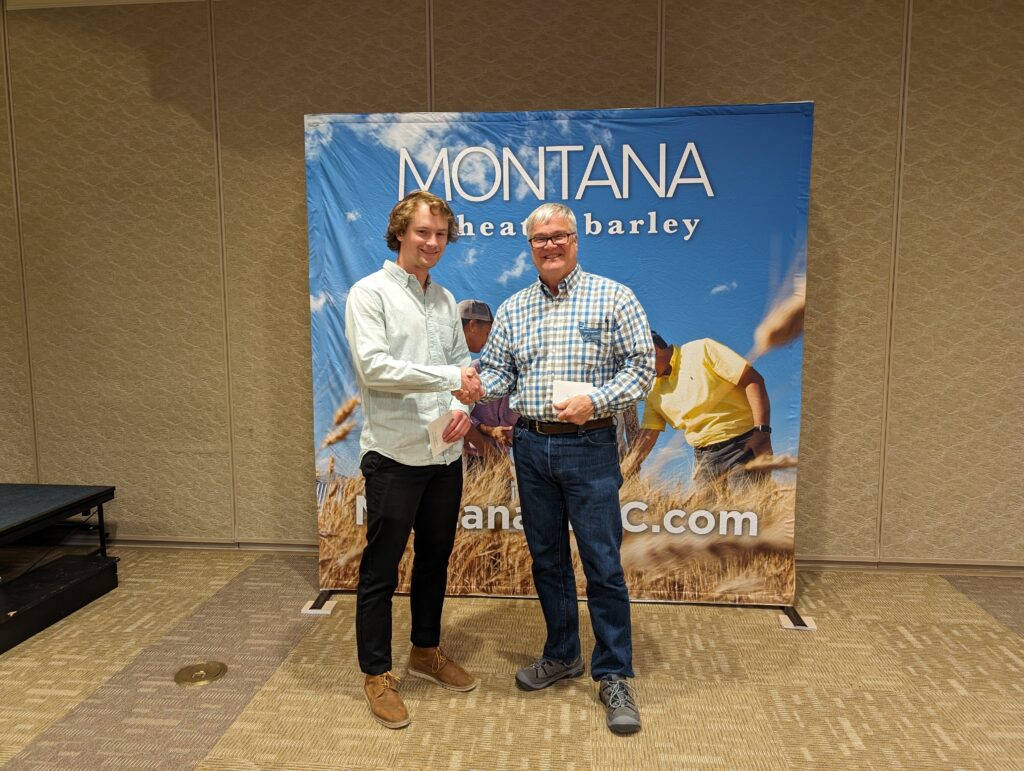
Honorable Mention
Lochlin Ermatinger, $100. Project Description: The wheat stem sawfly has retained the title of the most important insect pest to the production of wheat in Montana for over a century. This is largely due to lack a of uniform control strategies and the difficulty presented in monitoring infestation levels. More than 95% percent of the wheat stem sawfly (WSS) life cycle takes place within its host stem. Thus, means of detection are largely limited to careful observation during the period of adult emergence, or manual dissection of stems after the period of adult flight. Relying on field samples alone for WSS estimation is made more difficult by the large average field size in Montana dryland systems. This research seeks to remedy these problems by providing a methodology for precisely estimating wheat stem sawfly infestation in wheat fields with a limited number of post harvest residue samples and satellite imagery. Satellite imagery gives us a free and efficient way to measure the biophysical properties of the entire field throughout the growing season. These images combined with systematic field sampling campaigns enhance our ability to estimate WSS pressure throughout the field. We believe employing this methodology over time will allow farmers and researchers to better understand how WSS populations respond to climate, variety, agronomic practices, etc.
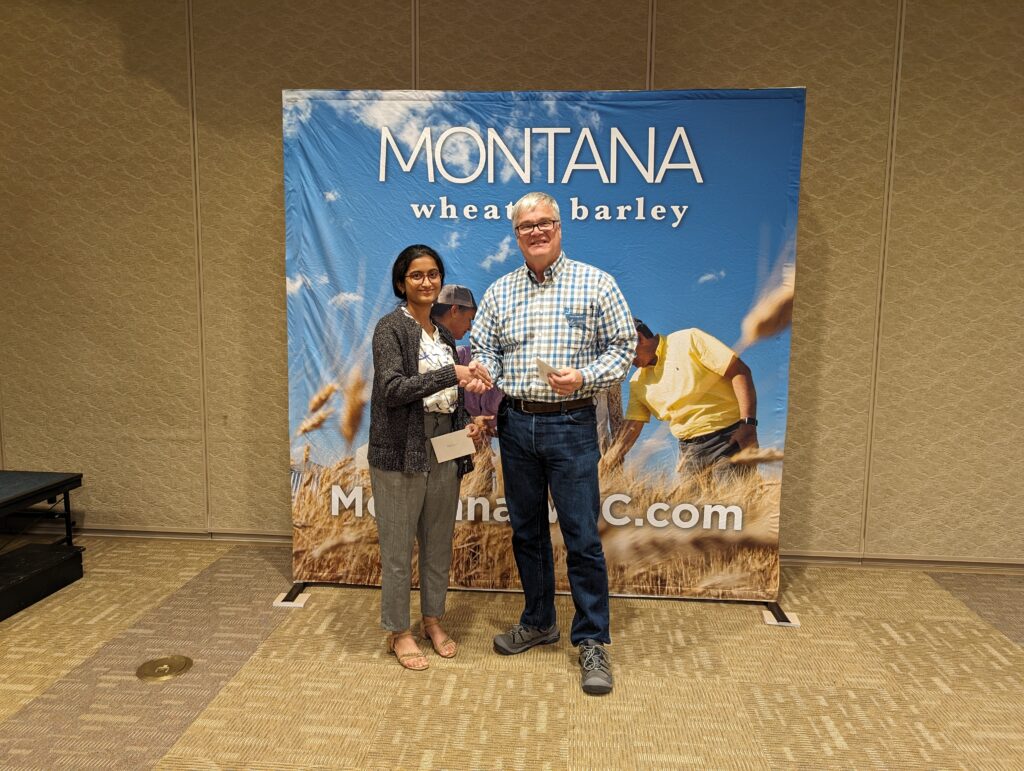
Honorable Mention
Akshara Bathini, $100. Project Description: Wheat stem sawfly (WSS) is a devastating pest of wheat causing significant yield losses. Cultural and chemical control practices have not been very effective since most of the WSS life cycle occurs inside the wheat stem. The female WSS oviposits in emerging internodes of the wheat stem and the resulting larva moves down the stem by feeding on pith parenchymal cells of inner stem lumen. The larva girdles the stem (causing stem cutting) before entering into pupal stage. Many years of breeding efforts resulted in the development of solid stem wheat cultivars which can restrict the WSS larvae to survive inside the stem through causing mechanical pressure on eggs and poor aeration. However, currently cultivated solid stem varieties are not uniform in stem solidness among the internodes of their main stems and tillers resulting in WSS to continue its lifecycle. Our research aims to develop uniform solid stem wheat varieties through enhancing the
stem pith production of currently available solid stem wheat cultivars (unpublished data). The resulting uniform solid stem cultivars may address the problem of yield losses occurring due to WSS infestation. We are now developing this technology in spring wheat and will later implement in winter wheat as well.
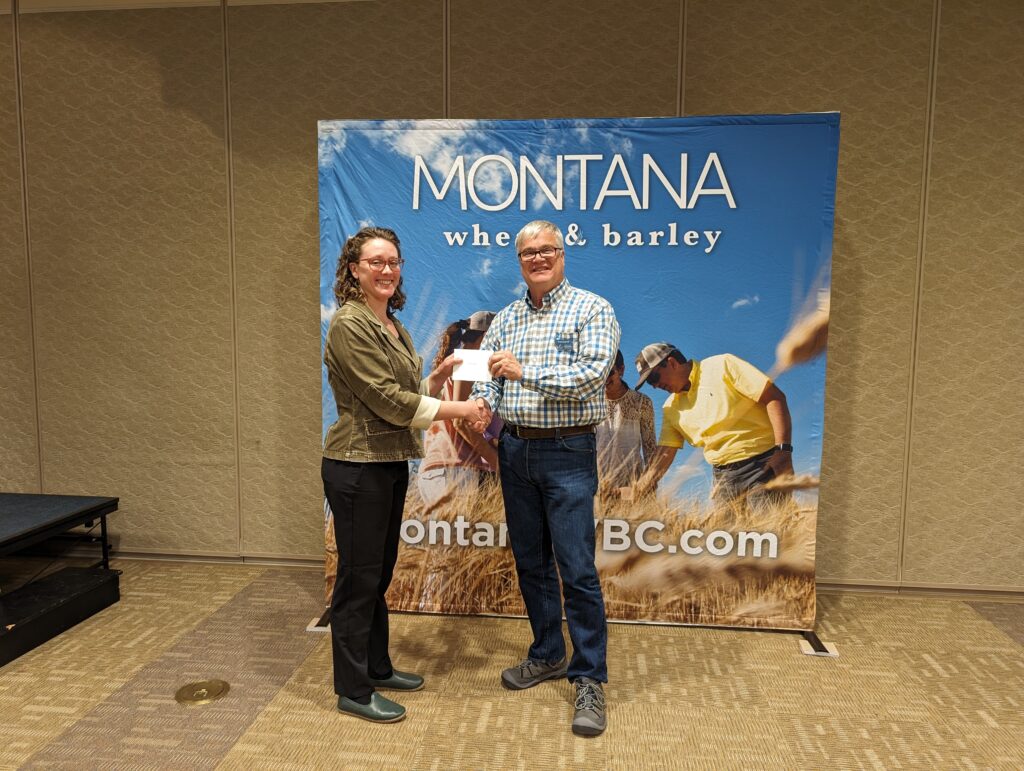
Honorable Mention
Jessica Williams, $100. Project Description: Stay-green is a trait that delays leaf senescence in barley and other cereals, extending the grain filling period. This can result in better grain quality under dry conditions. However, the expression and benefits of stay-green can be inconsistent, and the cause of this trait is not fully understood. Here we examine relationships between stay-green and root traits in barley, and identify genetic loci associated with these traits. We utilized a minirhizotron system to compare the roots of four stay-green and four non-stay-green lines in field studies under terminal drought stress. Stay-green lines tended to have more of their roots deeper in the soil, and more prolonged root growth. We also conducted field studies measuring grain fill duration on a stay-green by non-stay-green biparental mapping population of 168 recombinant inbred lines (RILs). This population was too large for minirhizotron analysis, so we used a seedling assay to examine roots. We identified some quantitative trait loci (QTLs) for grain fill duration and for seedling root traits. A seedling root trait that co-located with time to maturity and grain protein content in the genetic
mapping analysis, also correlated with percent deep roots and percent change in roots during grain fill when measured on the lines from the minirhizotron trial. We hypothesize that stay-green plants delay their root growth early in development, continue growing their roots for more time, and proliferate deeper in the soil. This may conserve soil moisture and allow late season access to water when the plant is accumulating starch, resulting in quality maintenance under terminal drought stress. The QTLs identified here should be examined in more detail and under different conditions to facilitate their appropriate use by barley breeders to develop varieties with improved drought
adaptation.

Participant
Aidan Manthey, Project Description: A bioassay will determine the impact of 3 affordable microbial inoculants on wheat development and yield.
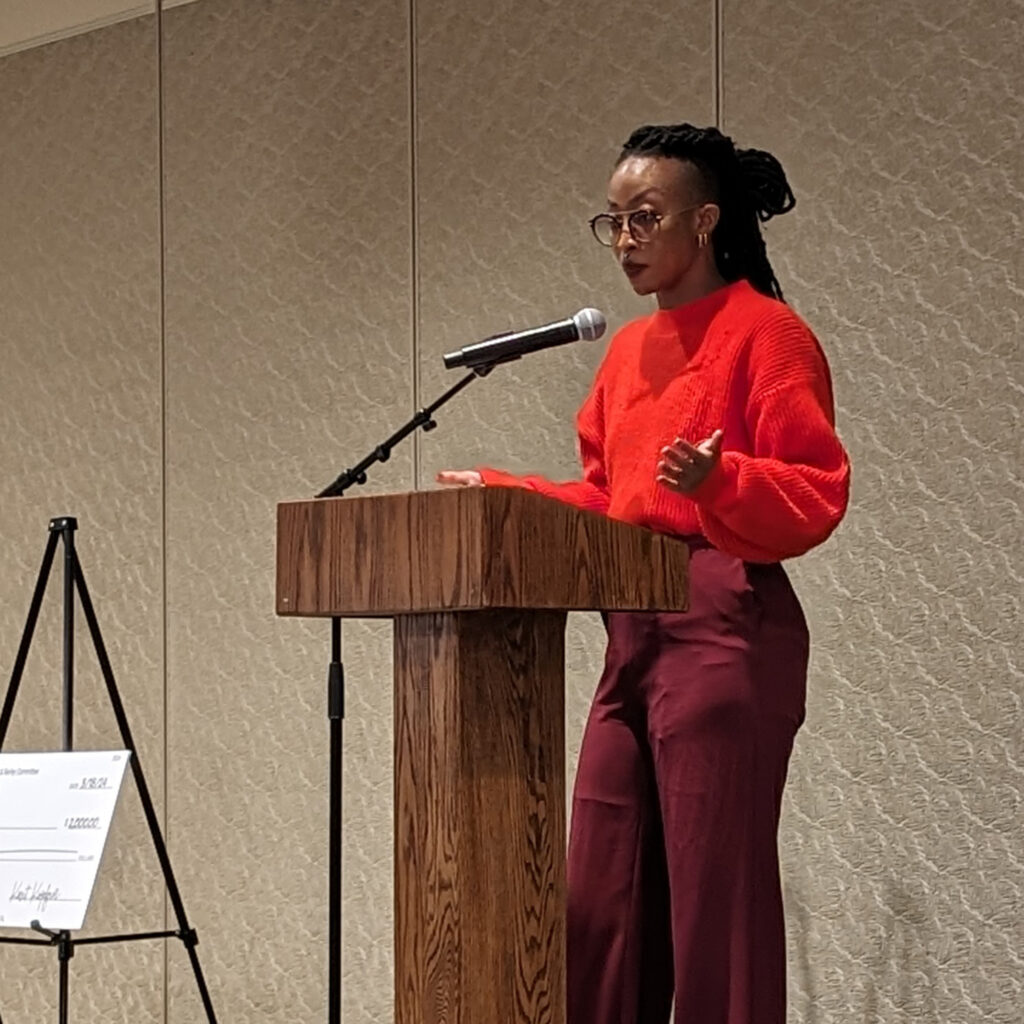
Participant
Aristea King, Project Description: Understanding and improving traits for abiotic stress resistance in food crops is our best option for sustaining the global food supply. Wheat pollen that has undergone heat stress results.
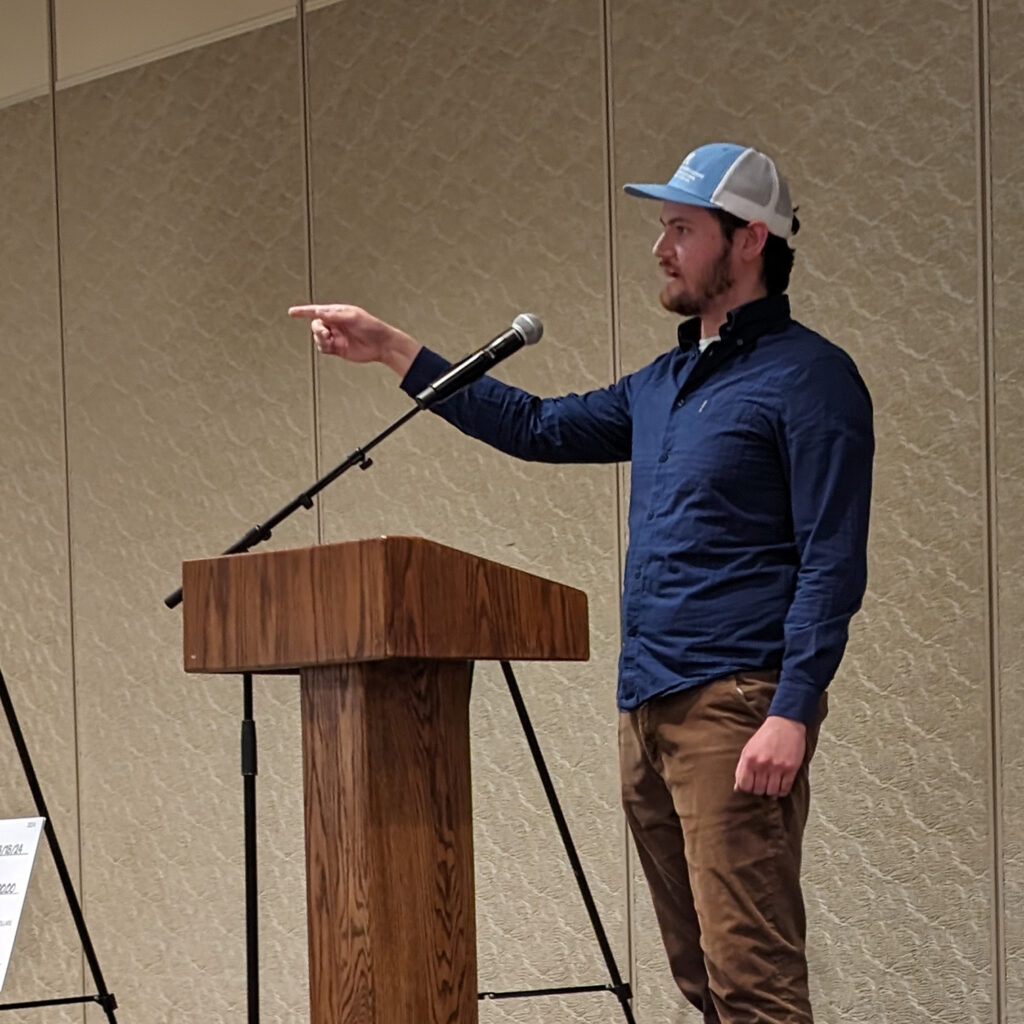
Participant
Duncan Pantos, Project Description: I am working on reducing the overall crop cycle time to grow one generation of Winter Wheat through shortened vernalization time.
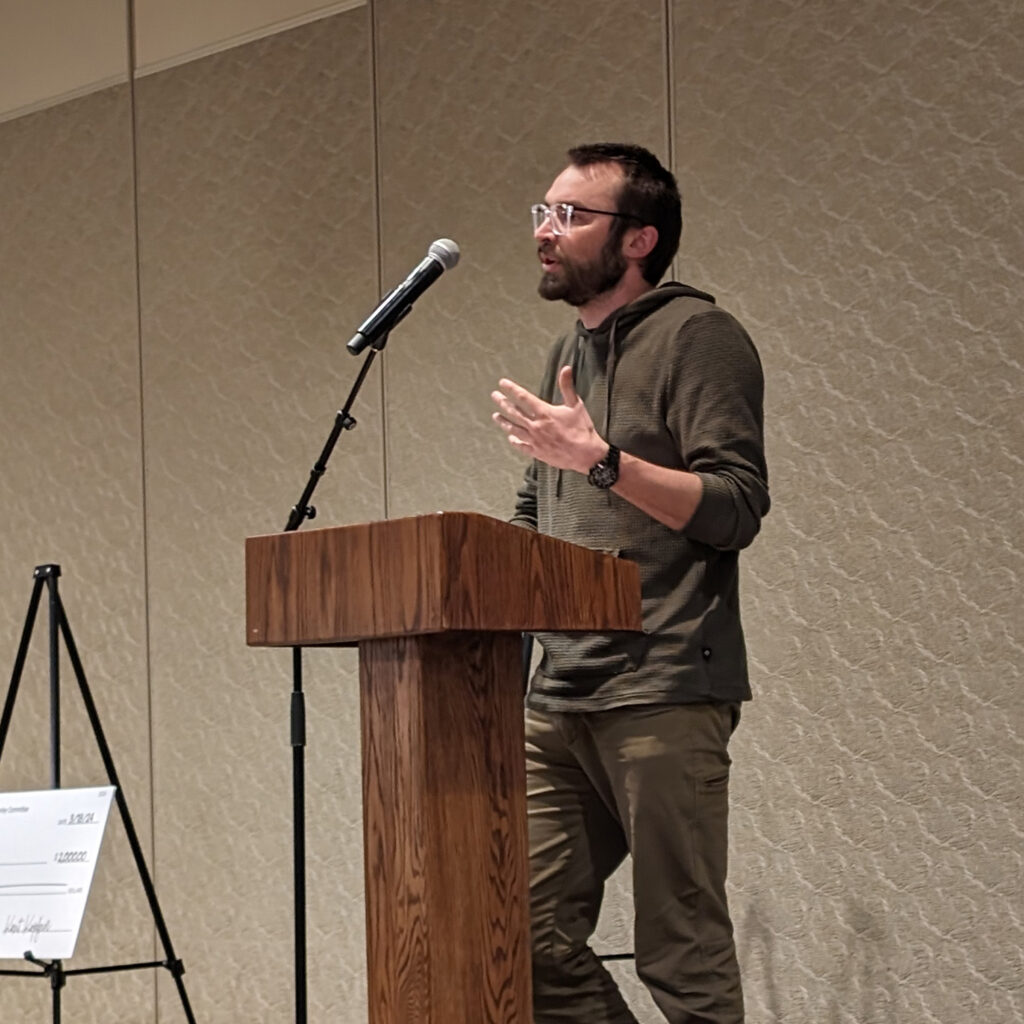
Participant
Erik Killian, Project Description: I aim to determine the microbial taxa that are characteristic to the barley rhizosphere. Previous studies in both sorghum and maize provide evidence that the soil microbial community can have significantly positive effects on plant performance. To characterize the soil microbiome, we grew a diverse population of elite barley varieties across 4 locations to determine the conserved
microbial community across genotypes and environments.
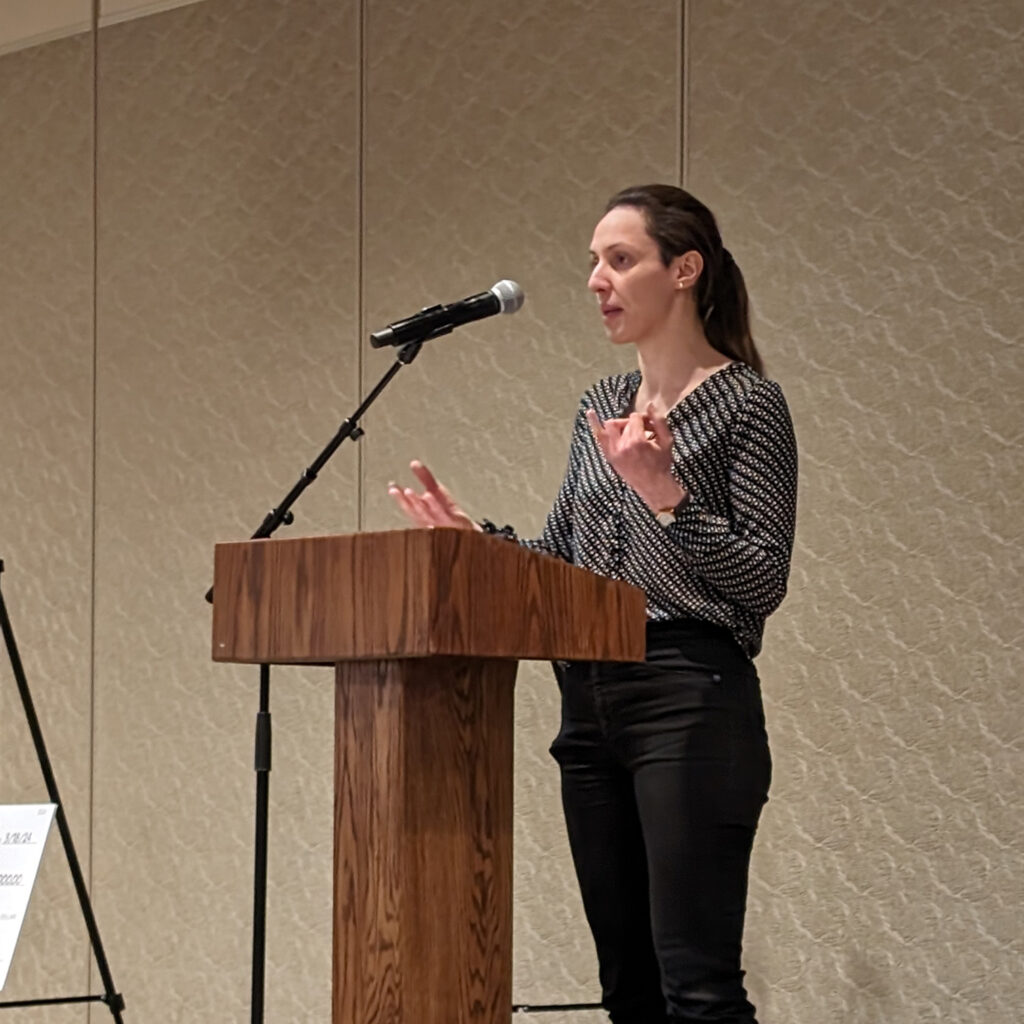
Participant
Erika Consoli, Project Description: My research aims at managing the root lesion nematode, Pratylenchus neglectus, in winter wheat by the deployment of plant resistance. Winter wheat-resistant lines were selected by greenhouse phenotyping, and selected lines are in the second year of tests under nematode-infested field
conditions at MSU research stations and farm fields across the state. We took the opportunity of these field trials to evaluate if nematode-resistant lines also harbor a beneficial microbial community that helps the plant to overcome pathogen invasion, and to better understand the nematode
impact on microbial community.
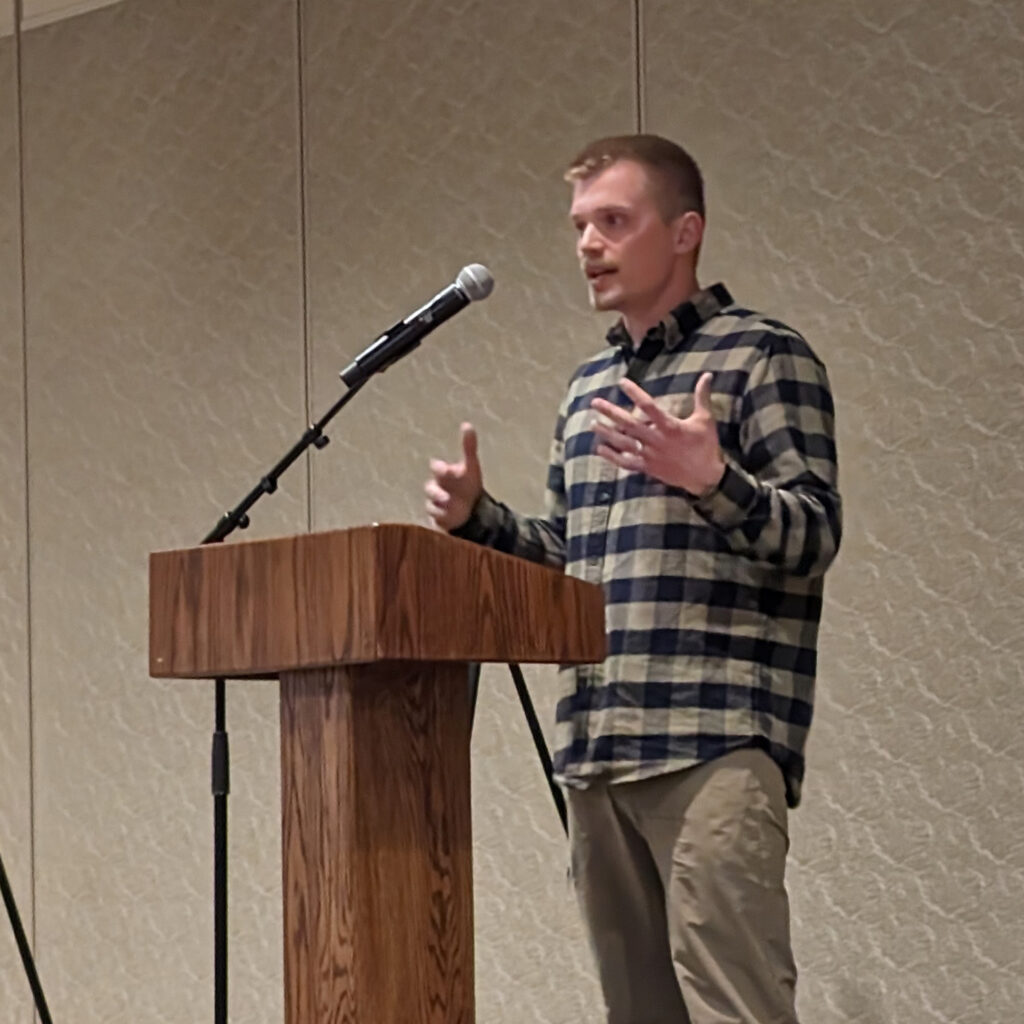
Participant
Jackson Strand, Project Description: I am looking into how smooth brome and parasitoids can be used as biological controls for wheat stem sawfly in Montana.
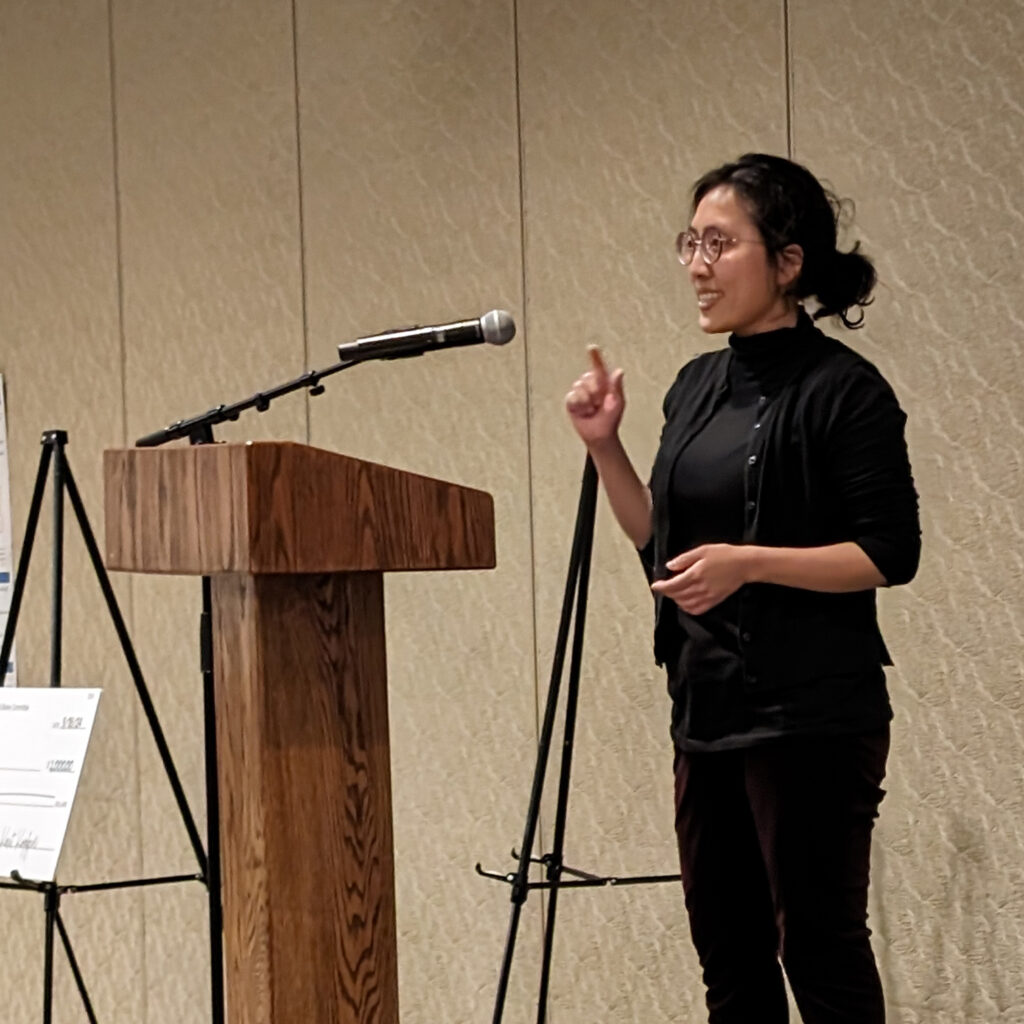
Participant
Mei Ling Wong, Project Description: Evaluation of a QTL on Chr. 4A (QSnh.mst-4A) affecting yield component traits. A major QTL on chromosome 4A (QSnh.mst-4A) was associated with multiple traits. For the grain number.
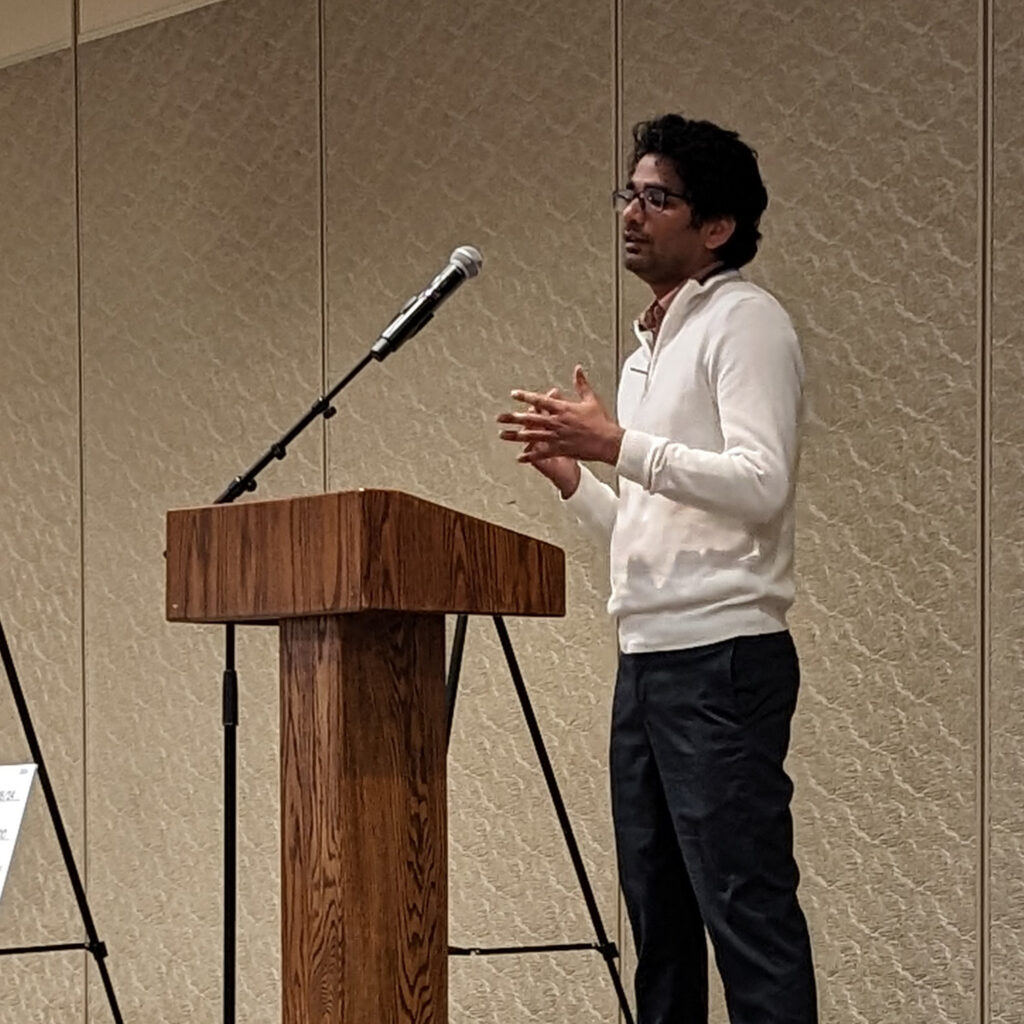
Participant
Nagendra Singh, Project Description: Crop improvement efforts are directed to bring useful genes by crossing genetically diverse lines to enhance the nutrient content, improve disease resistance, or confer tolerance to abiotic stresses. Therefore, it is essential to understand the varietal differences at the whole genome level and associate them with the beneficial traits. Pangenomes are constructed in plants using whole genome data to understand species-level genome evolution, gene origin mechanisms, functional gene diversity, and phenotypic trait associations. The pan-genome structure offers numerous
advantages in plant breeding compared to utilizing a single linear reference genome sequence. A pan-genome for a specific crop, including the sequences from its wild relatives, cultivars, and varieties, will establish a unified system for comprehensively representing genetic variations and associated traits. Pangenome analysis will help discover new genes in the germplasm gene pool that are absent in the reference genome. The breeding program at Montana State University has
developed several wheat varieties. Most selections were made based on phenotypic data in conjunction with molecular markers. Utilizing whole-genome resequencing to explore genetic variation among different wheat varieties, particularly Montana winter, spring, and durum wheat, could enhance the wheat breeding program by generating a wide array of genomic markers. By comparing the DNA sequences of different wheat lines, researchers can identify genetic differences that influence major agronomic traits such as yield, pest resistance, disease resistance, and responses to abiotic stresses. We are constructing the pan-genome for winter and spring wheat using 41 wheat lines. Additionally, we are building another pan-genome for durum wheat employing 12 durum wheat lines. We are incorporating publicly available data on various wheat varieties to develop a more comprehensive pan-genome. Identifying single nucleotide polymorphisms (SNPs) in the DNA sequence among individual lines is crucial for expediting the selection process in wheat. SNP,
insertions or deletions (indels), presence/absence variation (PAV), and gene copy number variation (CNV) are important types of genetic variation that apply significant influences on agronomically essential traits. This influence is particularly true in polyploid species like wheat, where the presence of multiple copies of genes can impact genomic variation. Different varieties may possess unique traits due to specific genetic elements within each variety. We will identify within-species allelic diversity to determine the best combinations of alleles for developing superior cultivars.
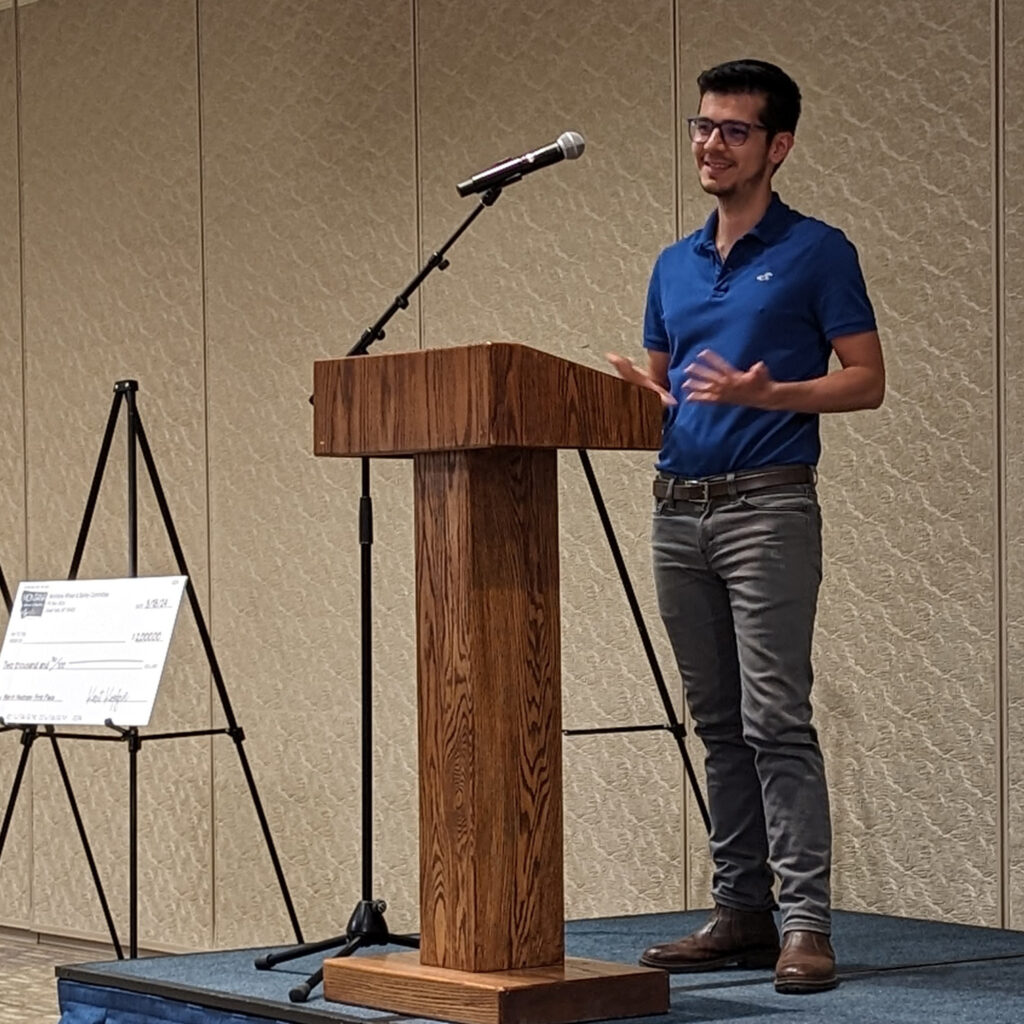
Participant
Ricardo Leiton, Project Description: Utilizing aerial phenotyping in selection in winter wheat breeding program.
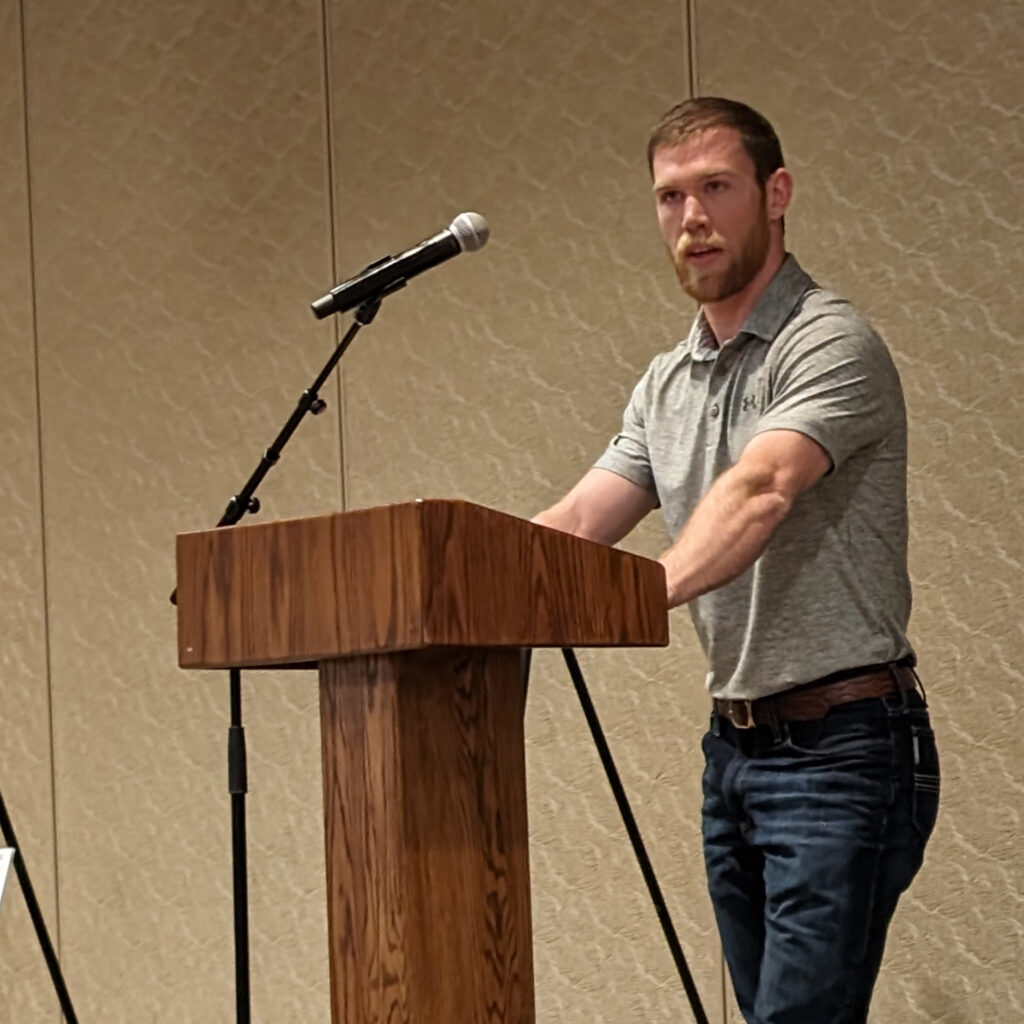
Participant
Ryan Barnes, Project Description: The effects on soil moisture levels per various remaining stubble heights from stripper header use.
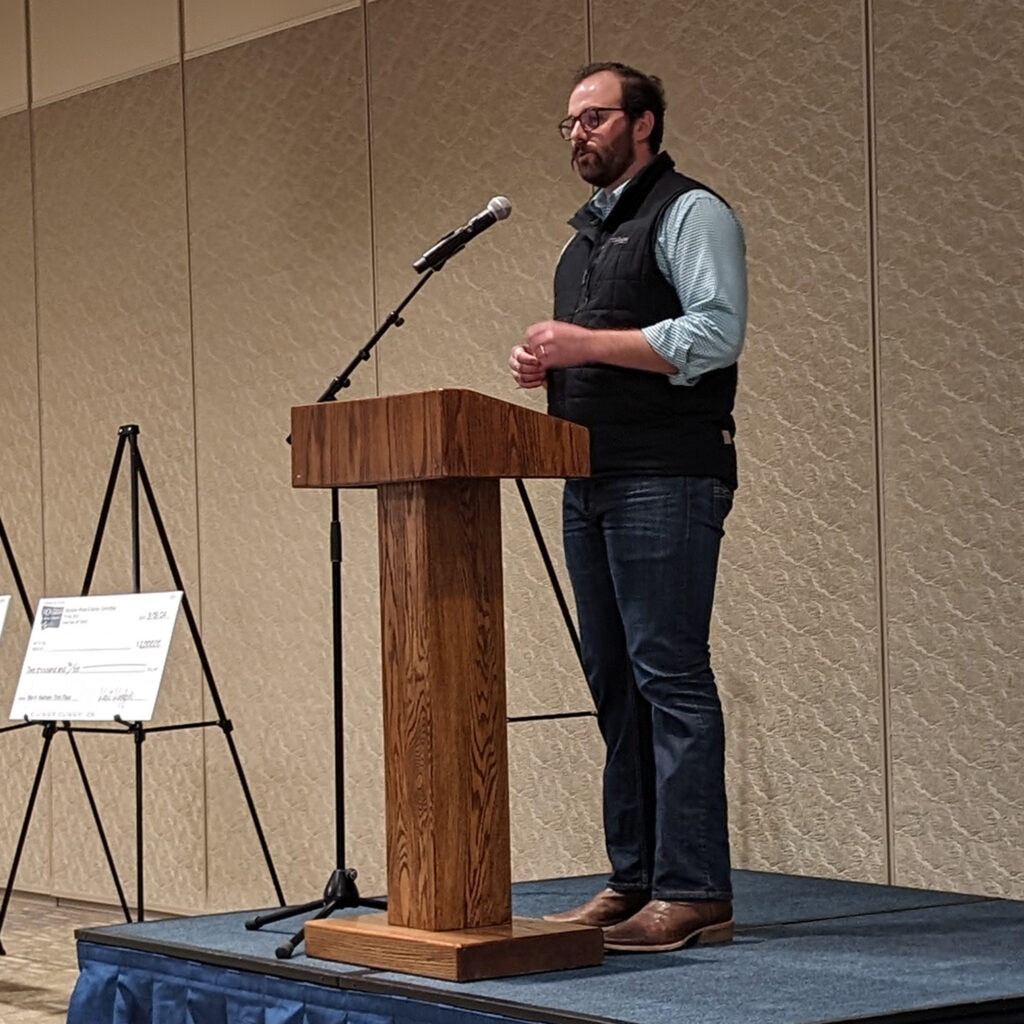
Participant
Samuel Koeshall, Project Description: Influence of Crop Rotations and Soil Disturbance on Soil Carbon Sequestration in Dryland Cropping Systems in Montana. Dryland crop rotations tailored to specific growing regions in Montana allow
farmers to take advantage of their unique environment, climate, grain or biomass production needs, and market demand for alternative or niche food and fiber products. With a worldwide emphasis on climate change and carbon sequestration, farmers have the opportunity to create an additional revenue stream via carbon markets that pay based on various production practices used, such as no-till management or seeding cover crops. In some domestic carbon markets, a ton of soil organic carbon (SOC) may be worth as much as $130 per ton. However, the net gain in SOC due to implementing certain soil management practices or following a specific crop rotation for many farmers in the northern Great Plains is largely unknown. Crop rotations that include pulse crops, oilseeds, cereals, cover crops, forage crops, and chemical summer fallow are all present in Montana dryland cropping systems. Furthermore, seeding type (disk or hoe opener drill) and stubble management (conventional vs stripper header) vary across and within cropping rotations used in Montana. The variation in crop rotations, seeding type, and stubble management used in Montana may all influence the rate of SOC accrual, which would affect annual carbon payments and other agro-economic parameters such as yield or net returns. The goal of this study is to understand how
unique dryland cropping systems vary in grain yield, grain quality, total biomass production, and SOC as influenced by eight unique crop rotations, all emblematic of unique growing regions in Montana, and two forms of soil disturbance as caused by differing seeding methods and stubble management. This study also aims to identify the relationship between total aboveground biomass production and SOC accrual, which will refine our selection of optimal dryland cropping systems. The crop rotations for all eight cropping systems were constructed so that every fourth year across
the study a winter wheat crop is grown, providing a valuable benchmark for crop rotation effects on winter wheat yield and quality. Overall, this study exists to understand what the practical limits for SOC accrual are for dryland cropping systems in Montana and the potential economic returns to the farmer via carbon market payments while simultaneously expanding our understanding of beneficial crop sequence effects that may result in increased annualized grain yield, grain quality, net returns, and greater nitrogen use efficiency for cereal and oilseed crops.
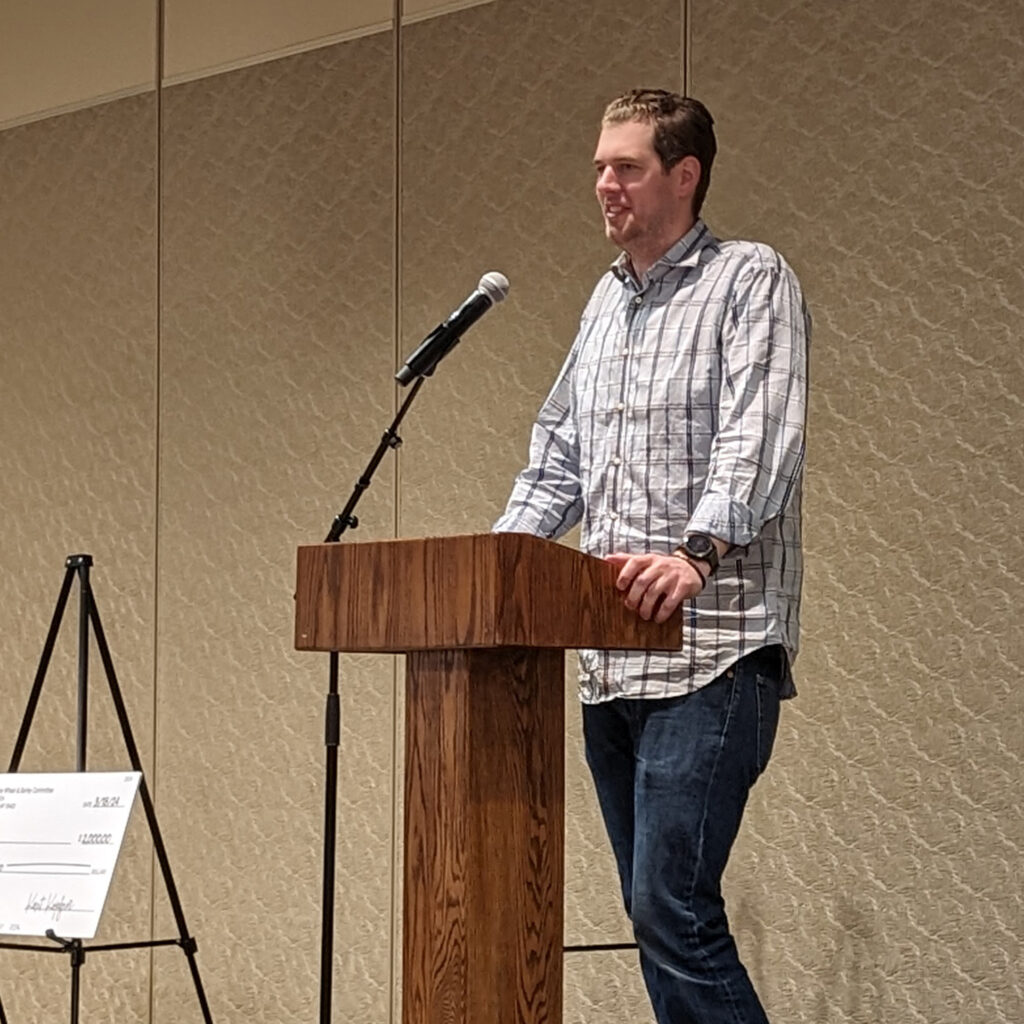
Participant
Trevor Palone, Project Description: The overarching goal of the research is to establish an effective high-throughput phenotyping approach for predicting barley traits during the growing season which would help accelerate the
development of barley varieties with desirable traits while also reducing labor-intensive data collection. Throughout four growing seasons plant canopy reflectance has been gathered weekly with a multispectral camera that was attached to an unmanned aerial vehicle. We have taken a three-pronged research approach to predict phenotypic traits: (1) examined canopy reflectance data from multiple flights over the growing season to determine the optimal time point in plant development to make trait predictions; (2) explore numerous vegetation indices and determine feature importance for machine learning application; (3) test and compare prediction success of
various machine learning algorithms. The capability of forecasting phenotypic data can expedite the breeding process by reducing the constants relating to traditional phenotypic data gathering methods and providing data during the growing season for selection and advancement in a pipeline.
2024 Research Grants Approved
Institutions submitted applications for research grant funding in the fall of 2023. Click here for a news release covering those awardees.
Below, scroll left or right through the approved research projects to learn more about how your research dollars are being utilized toward exciting new innovations in crop varieties, wheat stem sawfly and other pests, disease resistance and more.
Interested in applying for a 2025 research grant? Jump over to our grants page here.
Identifying and deploying genetic solutions to spring wheat challenges through a breeding pipeline: J. Cook
On-farm cereal variety and breeding line testing for environment-specific cultivars: MAES
Reducing varietal development time by speed breeding of hard red winter wheat cultivars: S. Mondal
Eight objectives for continued WSS research from resistance induction to parasitoid attractants: D. Weaver
Reducing impacts of limiting factors, PHS, biotic stress; and improving yields and quality: J. Sherman
Developing high yield varieties (gene ID) preferred by growers and milling/pasta end-users; M. Giroux
Purchase of new plot combine for spring wheat breeding program; matching funds utilized: J. Cook
Small plot combine for barley breeding/foundation seed program; matching funds used; J. Sherman
Innovation of light (solid and hollow stem) with RNAseq, light receptors and genome editing: L. Mendu
Sustaining, screening and testing the winter barley pipeline; long-term goal of malt quality: J. Sherman
An MSU varietal education specialist to work with growers on new variety adoption: M. Giroux
Gene effects on milling, baking and Asian noodle parameters in hard red/white winter wheat: D. Nash
Identifying truly tolerant lines of wheat (165) and barley (10) for the battle of heat stress: V. Mendu
Incorporating yet exploited disease resistances into modern spring and winter wheat cultivars: A. Dyer
Purchase of a glutopeak machine for the Cereal Quality Lab; measures gluten aggregation: D. Nash
Weed control efficacy with LASC spray system; advancing mapping; financial viability of IWM: L. Shergill
Purchase of towing pickup for off-station variety testing research; matching funds utilized: P. Lamb
Dynamics of ROS levels in response to heat stress and employing RNA-sequencing for gene ID: J. Lachowiec
Remote sensing technology to investigate pest infestations in wheat: T. Oppedisano
Long overdue return to study of kochia and wild oats management and herbicide resistance: T. Seipel
Collecting 2024 barley crop quality producer data for contemporary and future study: J. Sherman
Tackling FHB in durum using 13 lines adapted to Montana for FHB resistance: F. Crutcher
Seeking ID of the WSS genetic variation of genotype-by-sequencing: A. Gaur
Leveraging large language models to revolutionize ag data; AI tool bridging info gap: J. Vetch
Soil carbon accrual limits and agro-economic results, measuring alternate crop changes: P. Miller
Rotation impacts of barley, canola, lentil, pea and spring wheat on soil health: P. Carr
Since 1967, MWBC has made research a priority. The Committee invests approximately 50 percent of total producer checkoff dollars in varietal development and best practice. Most of these dollars are spent with Montana State University-Bozeman (MSU). Montana’s Agricultural Experiment Station (MAES) has seven off-campus research centers throughout the state. These centers are located in targeted areas to relate directly to agriculture producers where they can address diverse challenges in Montana’s vast agri-ecosystems.
MWBC encourages growers to connect regularly with your local MAES. Your input is highly sought relative to the multitude of research projects conducted by MSU that will impact Montana’s grain industry.
For additional information related to MAES, click here.
Research Priorities
Tier I
CORE: Critical Ongoing Research Efforts
- Varietal Development, Genomics, Wheat Stem Safely, Quality Labs
Tier II
Agronomic Best Practices
- Crop rotation work, nutrient efficiencies, carbon studies, precision agriculture
Tier III
Combative weed, pest, disease innovation and product development
- Wireworms, sawfly, midge, herbicide efficiencies
Tier IV
End use product innovations
New Project Funding
Newly funded multi-year projects may apply for up to three years of funding with a sliding scale. Upon funding of year 1, years 2-3 will be reevaluated for continued support.
- Year 1: 100% funding
- Year 2: 75% funding
- Year 3: 50% funding
*Use of MWBC funding to leverage additional outside grants, depending on project scale will be necessary to continue multi-year projects. Please describe in detail potential grant opportunities with preliminary data.
*If privately owned technologies are being utilized, match funding is required.
*Exceptions can be made at the MWBC Board of Director’s discretion.
Typical Funding Allocation
*Amount will be determined annually, on average $1.5 million available
- Tier I 60-70%
- Tier II 12.5%
- Tier III 12.5%
- Tier IV 5%
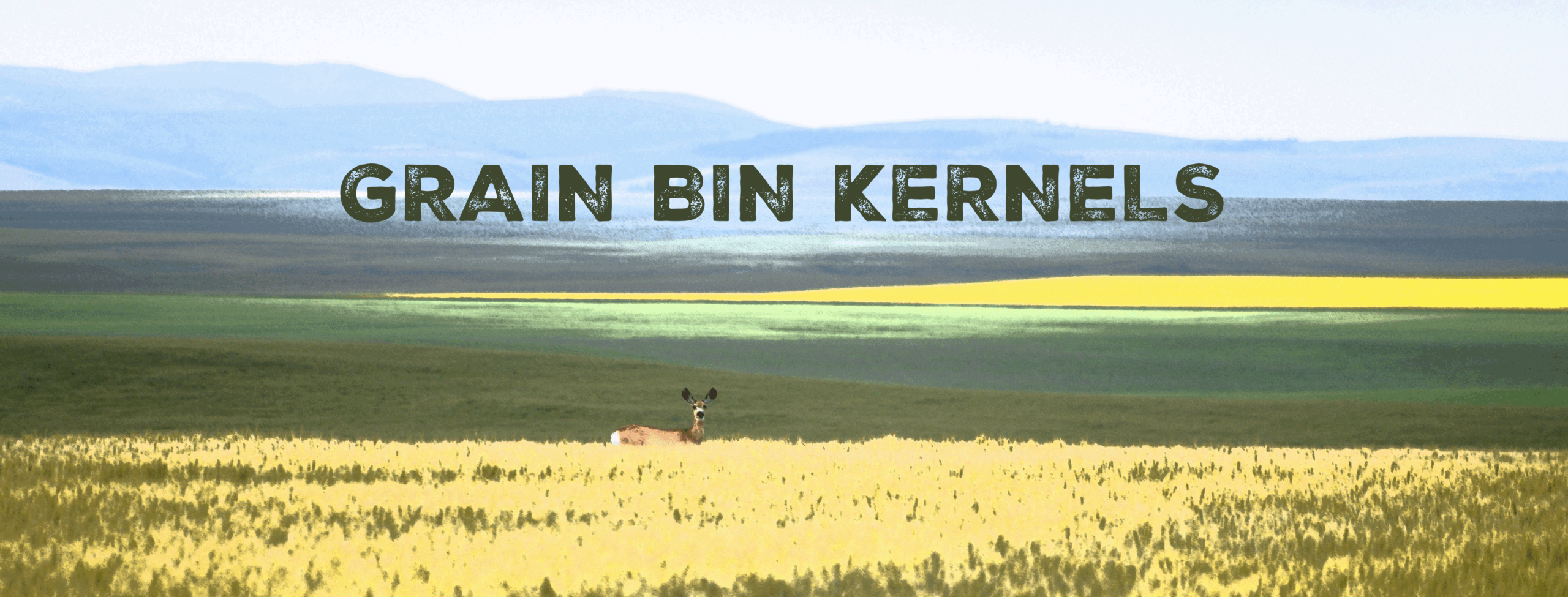
Awesome Blog Title Will Be Here Soon!
Riveting content will reside here.

